According to the recently released Consumer Price Index (CPI), retail coffee prices in the US increased by nearly 21% in August compared to the same period last year, the highest since October 1997. Compared to the previous month, this item also increased by 4%, the strongest level in 14 years.
Coffee prices have spiked in part due to import tariffs imposed by US President Donald Trump. The US is the world’s largest coffee importer, as few places can grow the crop. According to the National Coffee Association, 99% of the US’s consumption of this crop is imported.
Notably, Brazil, one of the countries with the highest import tariffs when entering the US, is the largest supplier of coffee beans. Goods from Brazil are currently subject to tariffs of up to 50%.
Diane Swonk, chief economist at accounting firm KPMG, predicts coffee prices will easily hit new records once the 50% US tariff on Brazil takes full effect.
Big brands and small shops are trying to absorb some of the costs. But price increases are inevitable. JM Smucker, the parent company of Folgers coffee, said last month it would likely have to raise retail prices for the third time this year. It had already raised prices in May and August.
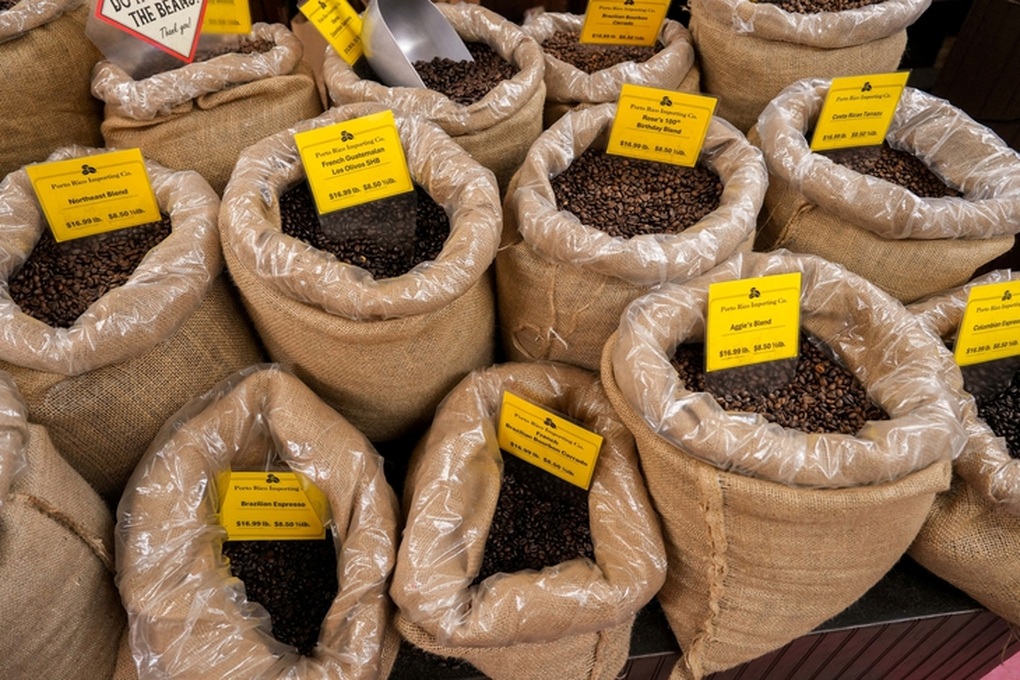
Brazilian coffee is sold in American stores (Photo: Reuters).
In New Orleans (USA), a chain of stores called French Truck Coffee added a 4% surcharge to orders to cover costs.
However, Starbucks, the world’s largest coffee chain, has so far maintained its prices. The company said in July that the impact of the tariffs was slower to hit Starbucks than the market due to different purchasing methods. Starbucks forecasts the biggest increase in coffee costs in 2026.
Thijs Geijer, senior economist for food and agriculture at ING Bank, warned that the current coffee inventories only temporarily cushion the impact.
“But if Americans continue to drink coffee at the current rate, those reserves will quickly run out. Sooner or later, more shipments will be needed, but the question now is: where will we get them?”, he told the Financial Times.
Coffee consumers may not yet feel the full impact of the tariffs, Geijer said. Coffee exported from Brazil’s Santos port takes up to 20 days to reach U.S. ports, where it is roasted and ground before being sold to consumers.
“Even then, whether coffee prices suddenly rise or not depends on whether roasters pass on these increased costs to retail prices immediately or gradually,” he stressed to the Financial Times.
According to data from the National Coffee Association, two-thirds of adults in the US drink coffee daily.
The coffee price increase comes amid a resurgence of food inflation in the US. In August, the US CPI increased 2.9% compared to the same period last year, marking the highest level since the beginning of the year.
This development makes the Federal Reserve's policy problem more unpredictable, especially when the labor market is showing signs of weakness. However, investors are still betting that the Fed will definitely lower interest rates at next week's meeting.
Source: https://dantri.com.vn/kinh-doanh/gia-ca-phe-my-tang-cao-nhat-gan-30-nam-dieu-gi-dang-xay-ra-20250913160523314.htm




![[Photo] Prime Minister Pham Minh Chinh launched a peak emulation campaign to achieve achievements in celebration of the 14th National Party Congress](https://vphoto.vietnam.vn/thumb/1200x675/vietnam/resource/IMAGE/2025/10/5/8869ec5cdbc740f58fbf2ae73f065076)





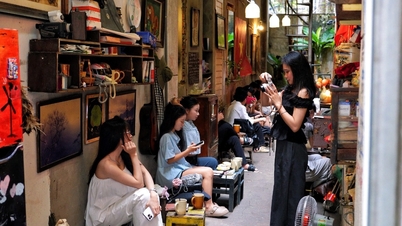
![[Infographic] What are the growth targets of Dong Nai province in the first 9 months of 2025?](https://vphoto.vietnam.vn/thumb/402x226/vietnam/resource/IMAGE/2025/10/3/45f9330556eb4c6a88b098a6624d7e5b)

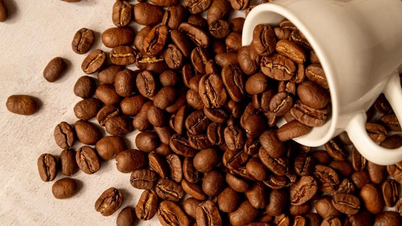

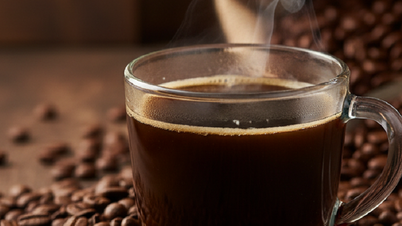

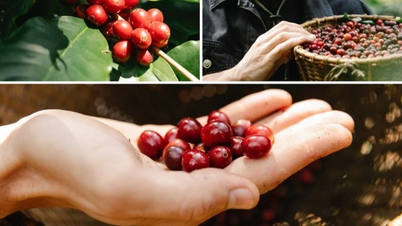
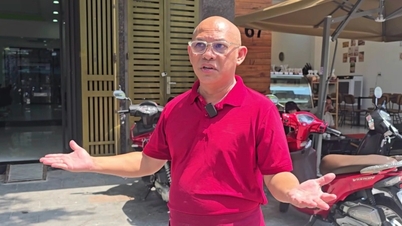




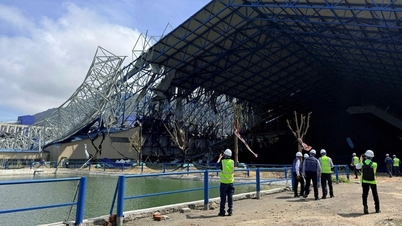






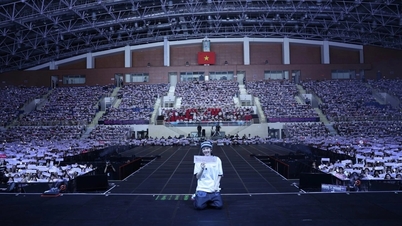
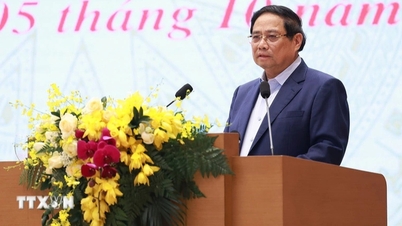




![[Photo] Bustling Mid-Autumn Festival at the Museum of Ethnology](https://vphoto.vietnam.vn/thumb/1200x675/vietnam/resource/IMAGE/2025/10/4/da8d5927734d4ca58e3eced14bc435a3)






















![[VIDEO] Summary of Petrovietnam's 50th Anniversary Ceremony](https://vphoto.vietnam.vn/thumb/402x226/vietnam/resource/IMAGE/2025/10/4/abe133bdb8114793a16d4fe3e5bd0f12)

![[VIDEO] GENERAL SECRETARY TO LAM AWARDS PETROVIETNAM 8 GOLDEN WORDS: "PIONEER - EXCELLENT - SUSTAINABLE - GLOBAL"](https://vphoto.vietnam.vn/thumb/402x226/vietnam/resource/IMAGE/2025/7/23/c2fdb48863e846cfa9fb8e6ea9cf44e7)


















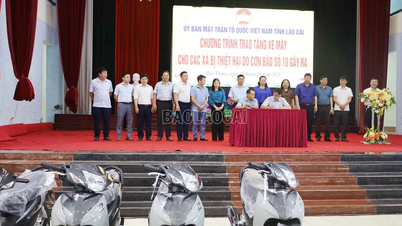

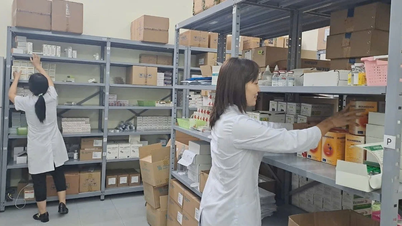
















Comment (0)